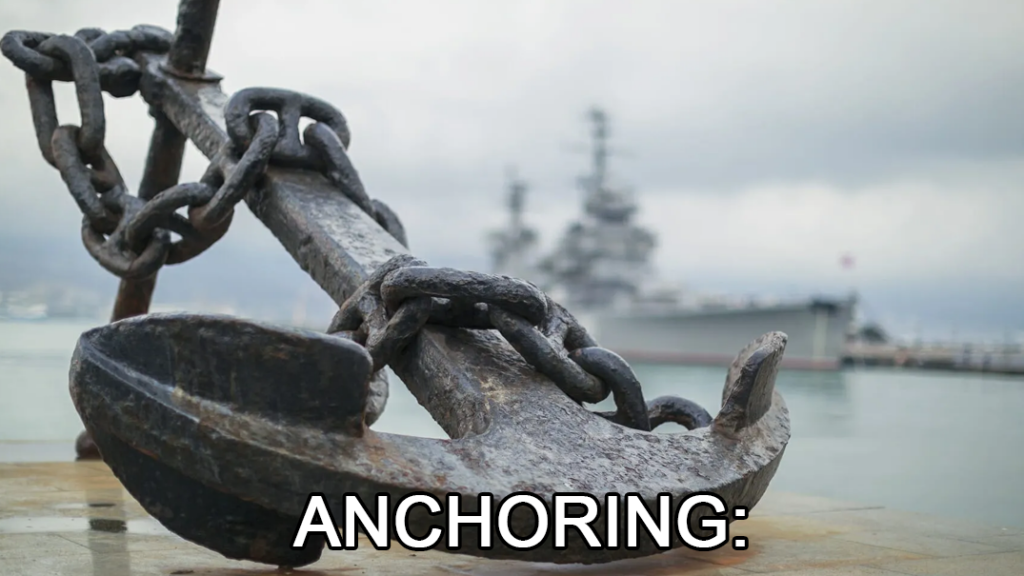In a boating emergency, radio Channel 16 on VHF, or ring Triple Zero (000)

A vessel’s anchor is a vital part of her safety equipment. Knowledge of its use, capabilities and limitations is essential to every practical seaman.
Anchors do not hold the seabed by weight. They do so by digging in and holding the seabed. The shape (or type) of the anchor determines how successfully it will hold your vessel in place.
In Brisbane Water and Broken Bay the common anchors in use are the Danforth (spade or sand) and the Reef anchor. The CQR (or plough anchor) is often used mainly by sailing vessels because of its greater holding power.
Ensure that the bitter end of the anchor line is firmly secure to the anchor mount in the bow of the boat.
A sufficient length of chain should be secured to the anchor – at least 1½ times the length of your boat. The amount of anchor line normally paid out is three times the depth of water. In bad weather use more line, usually five times the depth of the water.
The greater the scope (the ratio of length of anchor line to depth of water), the greater the holding power of the anchor.
Remember that your anchor gear is part of your emergency equipment and must be kept in good condition at all times. If you have an engine malfunction you should anchor your vessel before calling for assistance. Marine Rescue has a better chance of finding you if you stay in the one spot.